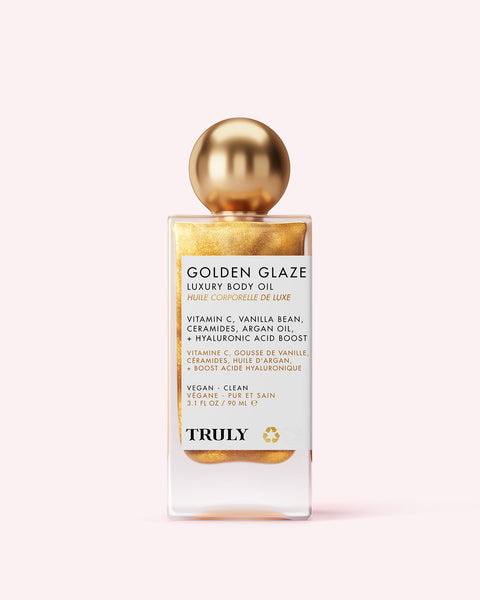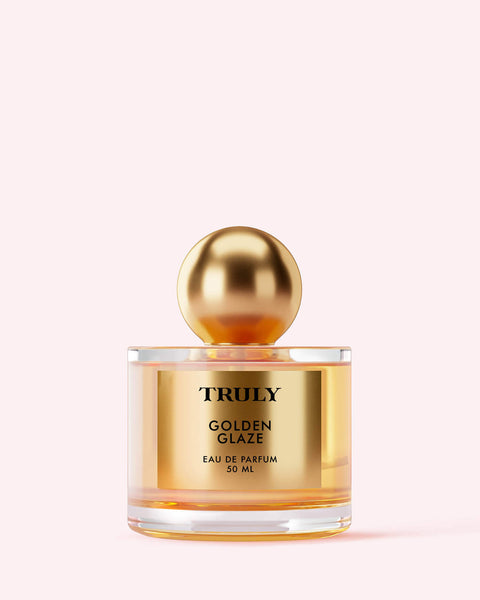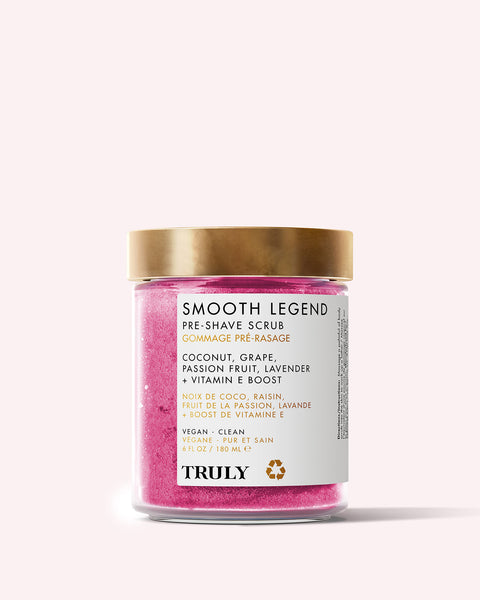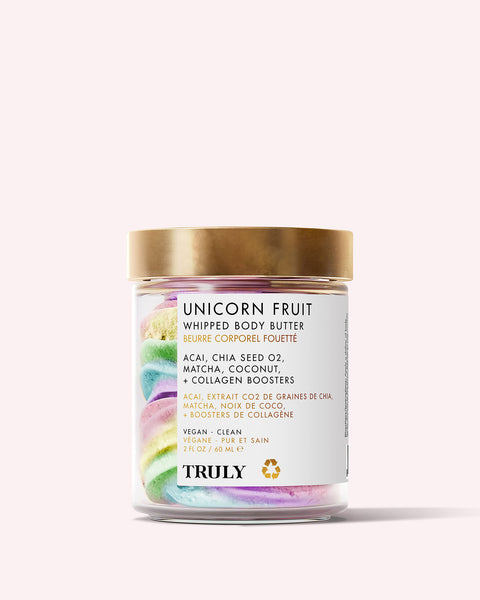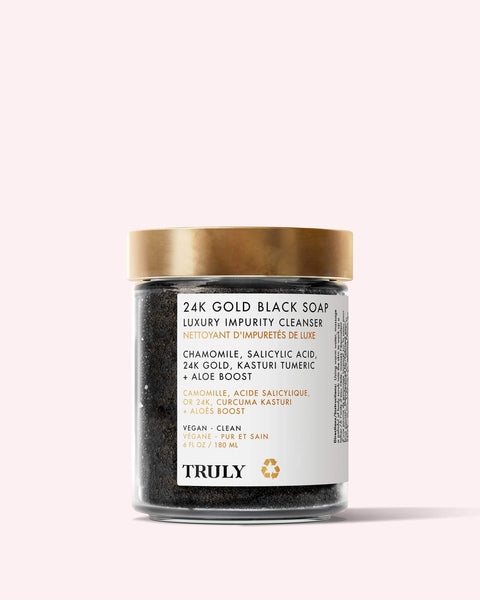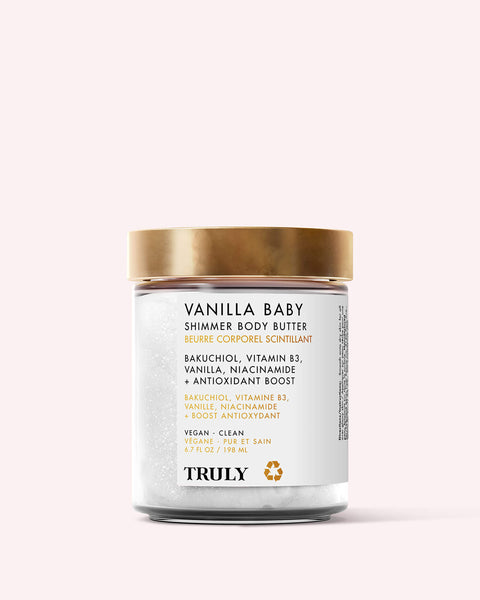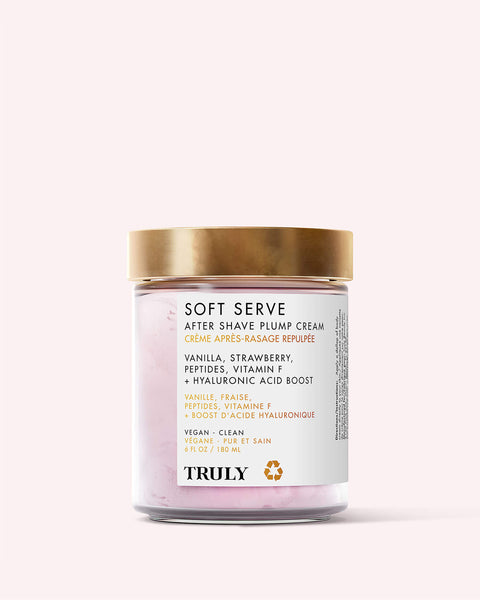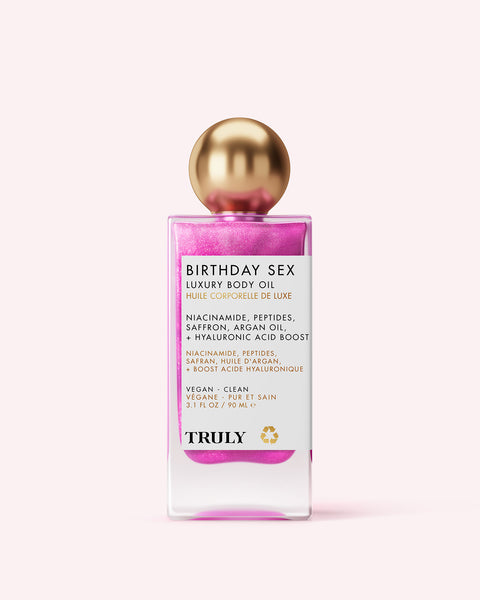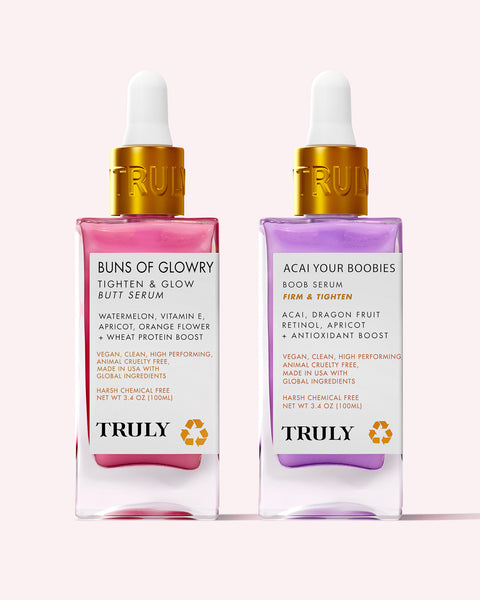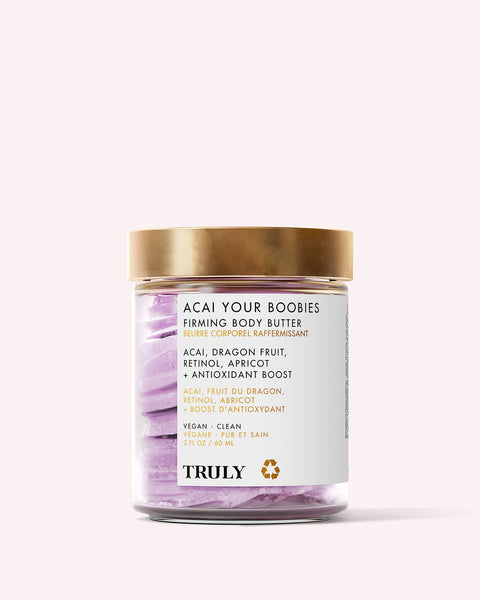Does Sunscreen Block Vitamin D?

When it comes to sun protection, you’re probably wondering: Does sunscreen block vitamin D? As imperative as sunscreen is at protecting you from UV exposure and ultimately skin damage, we also want to know that we’re still getting adequate vitamin D intake.
Since vitamin D is synthesized when our skin is exposed to sunlight, and sunscreen is designed to block UV rays, it’s easy to assume that sunscreen could interfere with the body’s ability to produce this essential vitamin. However, while sunscreen can block some UVB rays, the relationship between sunscreen use and vitamin D levels isn’t as straightforward as it seems.
So, can sunscreen block vitamin D? Here’s everything you should know.
Does Sunscreen Block Vitamin D?
According to experts, the impact of sunscreen on vitamin D production is minimal. Robert Den, MD, a radiation oncologist and chief medical officer of Alpha Tau Medical, explains that “sunscreen has little to no impact on vitamin D levels” when used correctly. While the use of sunscreen is important for protecting against harmful UV rays, you don’t have to worry about the risk of vitamin D deficiency.
In fact, a 2019 study published in The British Journal of Dermatology looked at how sunscreen use affects vitamin D levels. The researchers found that while sunscreen can reduce the skin’s exposure to UVB rays, it has little effect on vitamin D levels.
While sunscreen is designed to block UVB rays—the type of sunlight responsible for both sunburn and vitamin D production—most evidence shows that sunscreen does not significantly lower vitamin D levels. The reason is that most people don’t apply sunscreen in a thick enough layer to completely block all UVB exposure. Even if you apply sunscreen, some UVB rays still reach your skin and allow your body to produce vitamin D.
Can You Still Get Vitamin D Through Sunscreen?
Yes, you can still get enough vitamin D with daily sunscreen usage. The truth is, most people don’t apply that much sunscreen. Studies show that sunscreen is often applied in thinner layers than necessary, meaning that some UVB rays penetrate the skin and allow for vitamin D synthesis.
Sunscreen doesn’t block all UVB rays, either. Even high-SPF sunscreens, such as SPF 30 or SPF 50, do not block 100% of UVB rays. SPF 30 blocks around 97% of UVB rays, while SPF 50 blocks about 98%. This small percentage of UVB rays that reach the skin is still enough to support vitamin D production.
What’s more, people get incidental sun exposure during everyday activities, such as walking outside, running errands, or sitting by a window. This incidental exposure can help maintain vitamin D levels, even if sunscreen is applied regularly.
Short periods of sun exposure, especially during non-peak hours, can allow the skin to synthesize vitamin D before sunscreen is applied. Experts recommend spending about 10-30 minutes in the sun a few times per week for optimal vitamin D production and maximum health benefits, depending on your skin tone and geographic location.
How to Increase Vitamin D Absorption Safely
If you’re concerned about your vitamin D levels, there are safe and effective ways to ensure you’re getting enough vitamin D without compromising your skin’s health. After all, there are a myriad of benefits of vitamin D.
Vitamin D is essential for overall health, playing a vital role in bone health by aiding calcium absorption and promoting strong bones. It also supports the immune system, helping the body fend off infections. The body produces vitamin D when the skin is exposed to UVB radiation from sunlight, though factors like melanin and the use of sun protection factor (SPF) can affect production.
Vitamin D may also help protect against certain cancers, including squamous cell carcinoma and melanoma, while promoting wellness and reducing the risk of skin aging linked to UV radiation exposure.
Here are some tips to help you boost vitamin D absorption safely
1. Enjoy Safe Sun Exposure
The easiest way to ensure you’re getting the right amount of vitamin D (approx 600 IU or 15 mcg) is through sensible sun exposure. Try spending about 10-30 minutes outside, without sunscreen, a few times a week. The exact amount of time depends on factors like your skin type, time of day, and your location. For fair-skinned individuals, 10-15 minutes is often enough, while those with darker skin may need closer to 30 minutes to produce adequate levels of vitamin D.
Be mindful of peak sun hours (typically between 10 AM and 4 PM) when UV rays are at their strongest. Limiting exposure during these hours can help prevent sunburn and reduce the risk of skin cancer.
2. Incorporate Vitamin D-Rich Foods
If you’re concerned that your sun exposure is limited because you’re living in a northern latitude or staying indoors a lot, you can also boost your vitamin D levels through your diet. Some of the best sources of vitamin D include:
• Fatty fish like salmon, mackerel, and sardines
• Cod liver oil
• Fortified dairy products and plant-based milk
• Fortified cereals and orange juice
• Egg yolks
• Mushrooms exposed to UV light
These foods can help provide your body with the vitamin D it needs, especially during winter months when sun exposure may be reduced.
3. Take Vitamin D Supplements
For those who struggle to get enough vitamin D from sun exposure or diet alone, supplements are a convenient and effective option. Vitamin D supplements come in two forms: vitamin D2 (ergocalciferol) and vitamin D3 (cholecalciferol), with D3 being the more effective option for raising vitamin D levels in the blood.
Before starting any supplementation, it’s a good idea to talk to your healthcare provider, especially if you suspect you may have a deficiency. They can recommend the right dosage based on your individual needs and circumstances.
4. Use Sun-Safe Practices
If you want to maximize your vitamin D while protecting your skin, consider sun-safe practices that reduce the risk of UV damage without compromising vitamin D production. This can include wearing a hat, sunglasses, and protective clothing, and seeking shade during the middle of the day. You can also opt for broad-spectrum sunscreens that block both UVA and UVB rays for optimal skin protection.
Speak to your dermatologist if you have skin conditions for recommendations on the best sunscreen for your skin type or concern.
So, does sunscreen block vitamin D? While it can reduce UVB exposure, sunscreen has little to no impact on vitamin D levels when used as directed, according to experts and multiple studies. Most people can still get sufficient vitamin D while using sunscreen, thanks to incomplete application, incidental sun exposure, and the fact that some UVB rays penetrate sunscreen layers.
To maintain optimal vitamin D levels while protecting your skin, try balancing safe sun exposure with other vitamin D sources like diet and supplements. This way, you can enjoy the sun’s benefits without sacrificing skin health or risking vitamin D deficiency. Remember, the best approach is one that protects both your skin and your overall health.
Photo by Mikhail Nilov, Pexels


